When I decided to enhance the ambiance and functionality of my kitchen, adding accent lighting to my kitchen cabinets was a game-changer. Kitchen cabinet accent lighting not only highlights the beauty of the cabinetry but also provides practical illumination for cooking and food preparation. The first step in my journey was understanding the different types of accent lighting available and how each could transform my space.
Under-cabinet lighting was one of the most practical options I considered. It involves installing lights underneath the upper cabinets to illuminate the countertops below. This type of lighting is excellent for task illumination, making it easier to see while chopping vegetables or reading a recipe. I chose LED strip lights for their energy efficiency and sleek design. These lights provided a continuous line of illumination without any dark spots, making my kitchen tasks much more manageable.

Another type of accent lighting I explored was inside-cabinet lighting. This involves placing lights inside glass-front cabinets to highlight decorative items or fine china. I installed small puck lights at the top of each cabinet, which cast a soft glow over the contents. This not only added a touch of elegance to my kitchen but also made it easier to find items stored inside. The warm light created a cozy and inviting atmosphere, perfect for entertaining guests.
Toe-kick lighting is a subtle yet effective way to add a modern touch to your kitchen. By installing LED strips along the base of the lower cabinets, I created a floating effect that added depth and dimension to the space. This type of lighting is particularly useful for nighttime navigation, providing a gentle glow that guides you through the kitchen without the need for overhead lights. It’s both functional and stylish, making it one of my favorite additions.
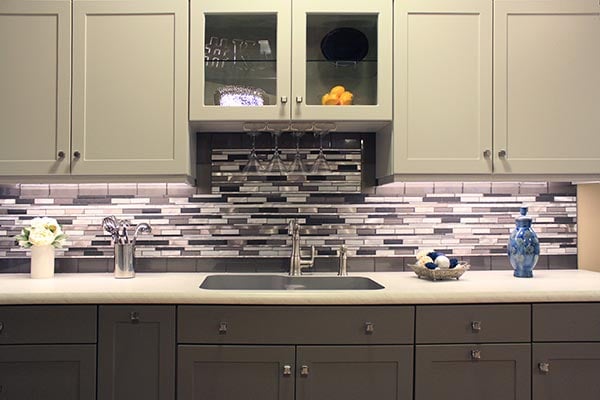
Above-cabinet lighting is another option that can dramatically change the look of your kitchen. Placing lights on top of the upper cabinets adds an indirect, ambient glow that enhances the overall mood of the room. I opted for LED rope lights, which are easy to install and can be cut to fit the length of the cabinets. The soft light created a warm and inviting atmosphere, making my kitchen feel more spacious and welcoming.
I also considered accent lighting for the open shelving in my kitchen. Open shelves can often look cluttered or dark, but with the right lighting, they can become a highlight of your kitchen design. I installed small LED spotlights above each shelf, which not only illuminated the items on display but also added a touch of drama and sophistication. This approach made my kitchen look more organized and stylish.

One of the most enjoyable parts of the process was choosing the color temperature of the lights. LED lights come in a range of color temperatures, from warm white to cool white. I found that warm white lights (around 2700K to 3000K) created a cozy and inviting ambiance, perfect for a homey kitchen. On the other hand, cool white lights (around 4000K to 5000K) provided a brighter and more modern look, ideal for task lighting. I used a combination of both to achieve the perfect balance.
Dimmable lights were a must-have for my kitchen cabinet accent lighting. Being able to adjust the brightness allowed me to create different moods and settings depending on the time of day or the occasion. For instance, I could dim the lights for a romantic dinner or brighten them for a lively family gathering. The flexibility of dimmable lights made my kitchen more versatile and enjoyable.
I also paid attention to the placement of the lights. Proper placement is crucial to ensure even illumination and avoid shadows. For under-cabinet lighting, I placed the lights towards the front of the cabinets to ensure the countertops were well-lit. For inside-cabinet lighting, positioning the lights at the top of the cabinets provided the best coverage. Each placement decision was made to enhance both functionality and aesthetics.
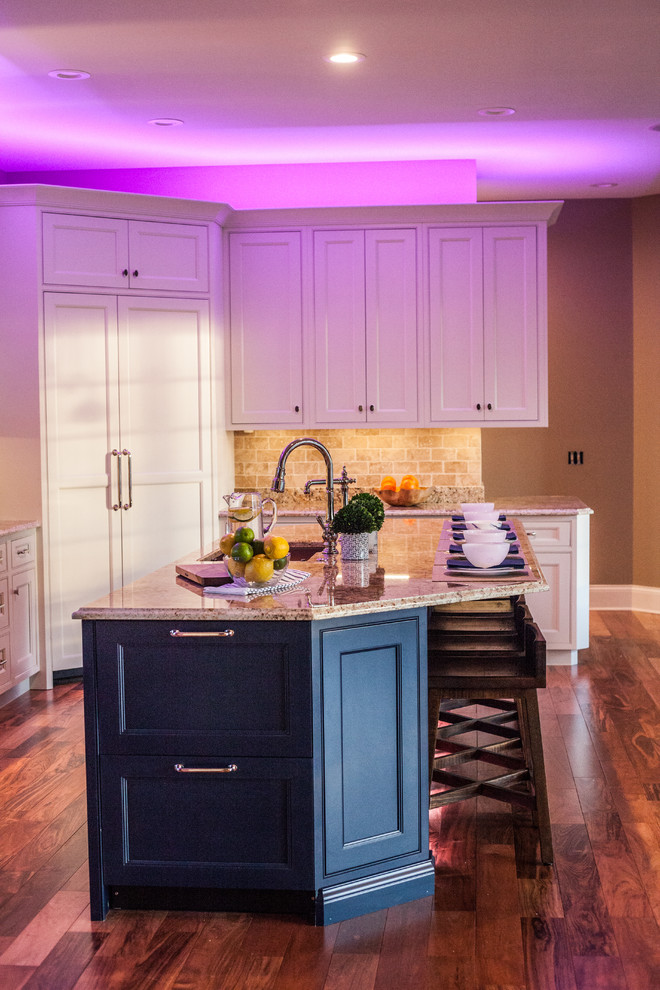
Another important aspect was the wiring and installation. While some accent lighting options, like battery-operated puck lights, are easy to install yourself, others may require professional installation. I decided to hire an electrician to install the LED strip lights under my cabinets and the rope lights above the cabinets. This ensured that the wiring was done safely and that the lights would function properly for years to come.
Smart lighting solutions were also a consideration for my kitchen. I integrated my accent lighting with a smart home system, allowing me to control the lights with my smartphone or voice commands. This added a level of convenience and sophistication to my kitchen. I could easily adjust the lighting settings, set schedules, or even change the color temperature with a simple voice command.
Energy efficiency was a priority for me, so I chose LED lights for all my accent lighting needs. LEDs are known for their long lifespan and low energy consumption, making them an eco-friendly and cost-effective choice. They also generate less heat than traditional bulbs, which is important in a kitchen environment where heat can be an issue.
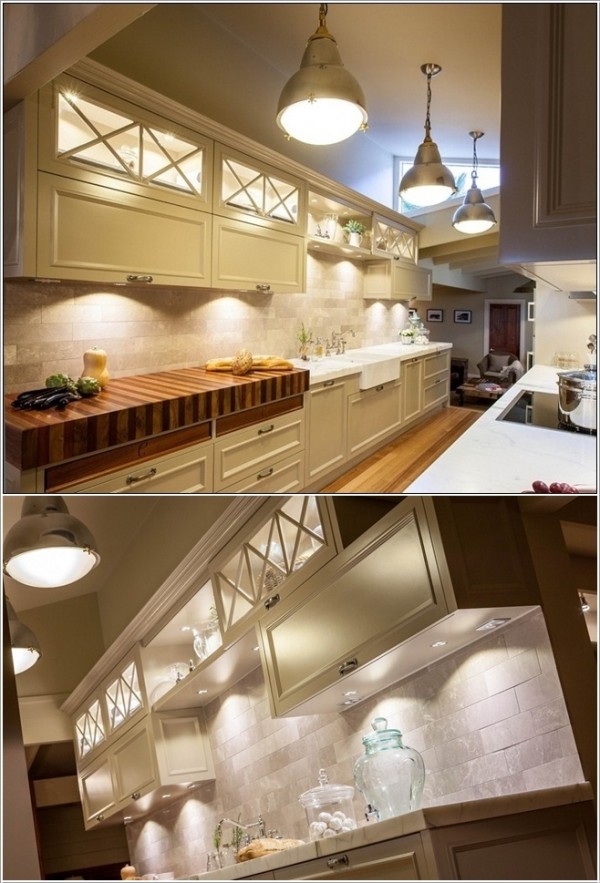
The style and finish of the light fixtures were also important considerations. I chose fixtures that complemented the overall design of my kitchen. For example, brushed nickel fixtures matched my cabinet handles and faucets, creating a cohesive look. The sleek design of the LED strips and puck lights blended seamlessly with my modern kitchen decor.
I also explored the idea of color-changing lights. While I ultimately decided to go with white lights for a classic look, color-changing LED strips can add a fun and dynamic element to your kitchen. These lights can be programmed to change colors or set to different colors for various moods or occasions. It’s a great option if you want to add a playful and customizable touch to your space.
Finally, I considered the maintenance and upkeep of the accent lighting. LEDs require minimal maintenance, but it’s important to clean the fixtures regularly to keep them dust-free and functioning properly. For hard-to-reach places, like above the cabinets, using a duster with an extendable handle made the job easier. Regular maintenance ensured that the lights remained bright and effective.
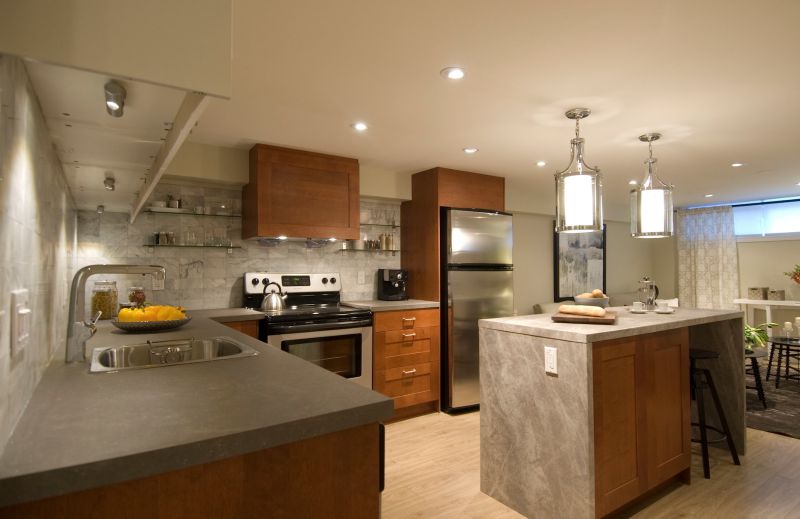
What is the best type of accent lighting for kitchen cabinets?
The best type of accent lighting for kitchen cabinets depends on your specific needs and preferences. Under-cabinet lighting is excellent for task illumination, making it easier to see while cooking and preparing food. Inside-cabinet lighting is perfect for highlighting decorative items or fine china. Toe-kick lighting adds a modern touch and is great for nighttime navigation. Above-cabinet lighting provides an ambient glow that enhances the overall mood of the kitchen. Each type serves a different purpose and can be combined to create a layered lighting effect.
How do I choose the right color temperature for my kitchen cabinet lighting?
Choosing the right color temperature involves considering the desired ambiance and the existing color scheme of your kitchen. Warm white lights (around 2700K to 3000K) create a cozy and inviting atmosphere, ideal for a homey kitchen. Cool white lights (around 4000K to 5000K) provide a brighter and more modern look, suitable for task lighting. It’s also helpful to test different color temperatures in your kitchen to see how they interact with the other elements and adjust accordingly.
Can I install kitchen cabinet accent lighting myself, or should I hire a professional?
The installation of kitchen cabinet accent lighting can be a DIY project if you have some basic handyman skills and the right tools. Battery-operated puck lights and peel-and-stick LED strips are user-friendly options that don’t require professional installation. However, for more complex setups, such as hardwired LED strip lights or rope lights, it’s advisable to hire a professional electrician. This ensures that the wiring is done safely and that the lights will function properly for years to come.
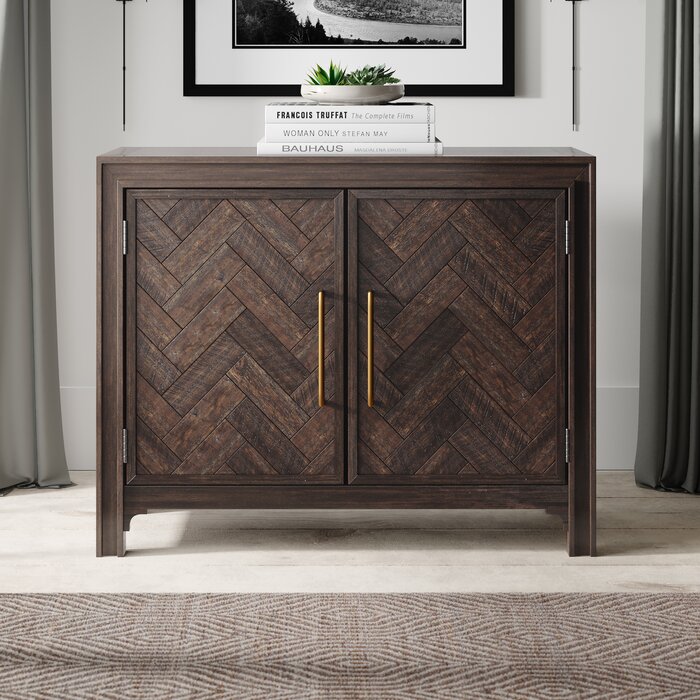
How do I maintain and clean kitchen cabinet accent lighting?
Maintaining and cleaning kitchen cabinet accent lighting involves regular dusting and occasional deep cleaning. LEDs require minimal maintenance, but it’s important to keep the fixtures dust-free to ensure optimal performance. For hard-to-reach places, like above the cabinets, using a duster with an extendable handle can make the job easier. If the lights become dirty, wiping them down with a damp cloth and mild detergent can help. Regular maintenance ensures that the lights remain bright and effective.
Are LED lights the best choice for kitchen cabinet accent lighting?
Yes, LED lights are an excellent choice for kitchen cabinet accent lighting due to their energy efficiency, long lifespan, and low heat generation. LEDs consume less power than traditional bulbs, making them an eco-friendly and cost-effective option. They also produce less heat, which is important in a kitchen environment where heat can be an issue. Additionally, LEDs are available in a range of color temperatures and can be dimmable, providing flexibility in creating the desired ambiance.
How can I incorporate smart lighting into my kitchen cabinet accent lighting?
Incorporating smart lighting into your kitchen cabinet accent lighting adds convenience and flexibility. Smart lighting solutions allow you to control the lights with your smartphone or voice commands. You can adjust the brightness, set schedules, or even change the color temperature with ease. To integrate smart lighting, choose LED strips or fixtures that are compatible with smart home systems like Alexa, Google Home, or Apple HomeKit. This allows you to create different moods and settings effortlessly, enhancing the functionality and ambiance of your kitchen.

Related Posts:
- Led Rope Lights Under Kitchen Cabinets
- Retro Kitchen Ceiling Light Fixtures
- Kitchen Cabinet Accent Lighting Ideas
- Kitchen Images With Light Cabinets
- Best Paint Colors For Kitchen With Light Cabinets
- Rustic Industrial Kitchen Lighting
- Kitchen Lighting Design Ideas Photos
- Overhead Kitchen Cabinet Lighting
- Kitchen Lighting Layout Examples
- Kitchen Cabinet Lights Mains